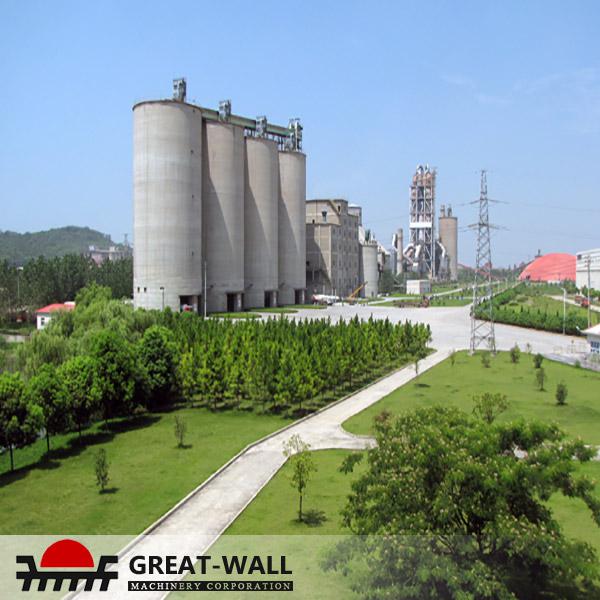Industry Reports
The process of cement production line
All the people fare knowing about cement process will mention “two grindings and one burning”when talking about cement: they are raw material preparation, clinker calcination, cement grinding and other basic aspects
Cement: the cement is a kind of water hardening cementitious material and can firmly cemented other material(sand) together, which made from grinding material, adding appropriate amount of water, forming into the plastic of slurry, and can be hardened both in air and water.

Generally speaking, the cement industry almost means Portland cement. Portland cement is a detailed, usually be seen as gray powder. It consists calcium (from limestone), silicate, aluminate (clay) and ferrite. Here are the stages of Portland cement plant:
1. Mining the raw material
Limestone and clay are blasted from rock quarries by boring the rock and setting off explosives with a negligible impact of the environment, due to the modern technology employed.
2. Transporting the raw material
Once the huge rocks have been fragmented, they are transported to the plant in dump trucks.
3. Crushing
The quarry stone is delivered through chutes to the crushers, where it is reduced by crushing or pounding to chunks approximately 1 ½ inches in size.
4. Prehomogenization
Prehomogenization is the proportional mix of the different types of clay, limestones, or any other required material
5. Raw material storage
Each of the raw materials is transported separately to silos, where it later will be added in specific amounts according to the particular type of cement being produced.
6. Raw material mill
This takes places in vertical steel mill, which grinds the material through the pressure exerted by three conical rollers. Which roll over a turning milling table. Horizontal mills, inside which the material is pulverized by means of steel balls, are also used in this phase.
7. Raw meal homogenization
This process takes place in silos equipped for obtaining a homogenous mix of the material.
8. Calcination
Calcination is the core portion of the process, in which huge rotary kilns come into play. Inside, at 1400 degrees C, the raw material is transformed into clinker: small, dark gray nodules 3-4 centimeters in diameter.
9. Cement milling
The clinker is ground by different-size steel balls while it works its way through the mill’s two chambers, with gypsum being added to extend cement setting times.
10. Cement packaging and shipping
The cement is then housed in storage silos, from where it is hydraulically or mechanically extracted and transported to facilities where it will be packaged in sacks or supplied in bulk. In either case, it can be shipped by rail car, freighter truck or ship.



